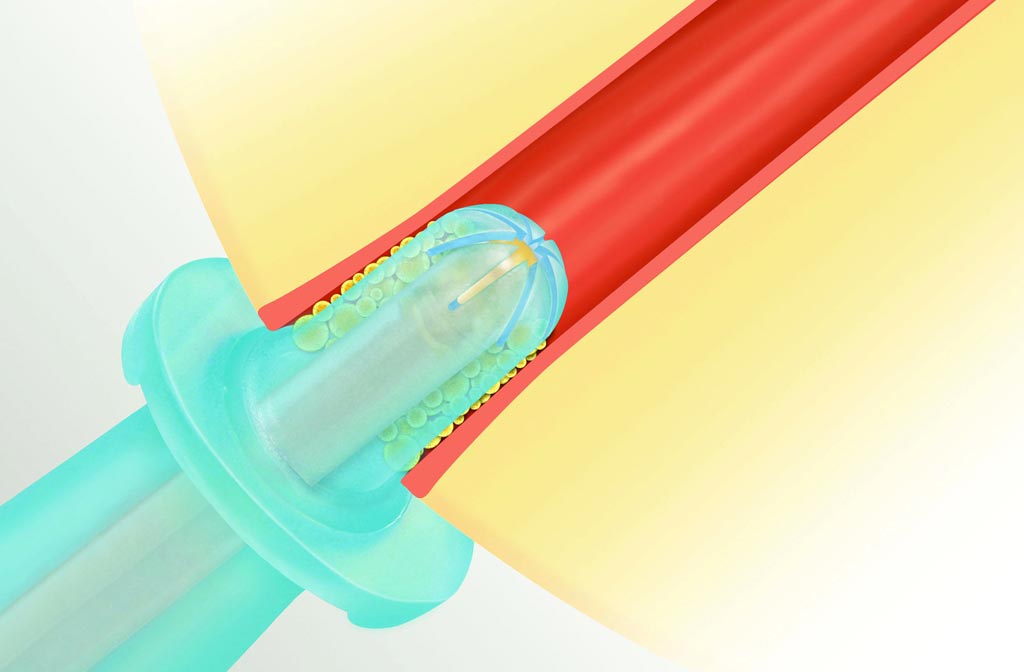Mitrofanoff Catheterization
The Mitrofanoff catheterization procedure is a special type of medical intervention which creates a passage through the abdomen wall to reach the bladder. A special catheter is then inserted in the passage to eliminate the urine. The Mitrofanoff procedure is ideal for patients who cannot be catheterized with normal catheters, through the urethra.
This catheterization procedure was invented back in 1976, by professor Paul Mitrofanoff (mi-trof-fan-off), as a means of catheterization for patients who could not tolerate normal catheterization procedures. The procedure is also known in the medical community as the Mitrofanoff Appendiciovesicostomy or Continent Urinary Diversion. For some patients, when compared to other catheterization procedures, Mitrofanoff’s procedure enables them to maintain dignity, mainly because there is no stoma bag or an indwelling catheter present at all times.
Mitrofanoff’s catheterization consists of two separate, but closely linked, procedures:
- a passage, or channel is created (by puncturing the abdominal wall) that connects the exterior with the bladder
- a Mitrofanoff catheter is then inserted in the narrow passage to drain urine
The core part of a Mitrofanoff procedure is to form a passage between the bladder and the exterior, for the insertion of a specialized catheter. The incision is generally made from the appendix (the tip of the lower bowel) which is irrigated by a separate blood supply. One end is linked to the wall of the bladder, while the other is linked to the abdominal wall. The surgeon will also create a valve from the remaining appendix tissue, so accidental leakage is not possible. After the incision is complete, a special catheter, called a Mitrofanoff catheter is inserted in the passage to empty the bladder 4 to 6 times a day. Usually, the incision is located on the lower right side of the abdomen, just below the underwear line, so the discomfort is reduced. Another common location for the incision is just under the umbilicus (the belly button).
When is the Mitrofanoff catheterization procedure recommended?
This catheterization method is an option if a patient is suffering from a variety of debilitating chronic diseases which make standard catheterization harmful. For instance, patients suffering from various birth malformations, paraplegia or spinal cord injury are successful candidates for this procedure. Here is a list of conditions which may require the Mitrofanoff procedure:
- congenital birth malformations, like: bladder episdadias, spina bifida, neurogenic bladder, bladder exstrophy
- spinal cord injury and paraplegia
- multiple sclerosis
- bladder cancers, as well as prostate or bowel cancers
Symptoms that may require this procedure include:
- urinary incontinence (via the urethra)
- inability to eliminate the urine
- bladder cancer obstructions which lead to inability to eliminate the urine
The Mitrofanoff procedure is sometimes done together with other procedures to help facilitate the elimination of urine. For instance, a surgeon may perform a bladder augmentation procedure to expand a smaller bladder and create sufficient room for urine. Similarly, a more difficult procedure – a neo bladder – is done when, due to disease, the old bladder is too damaged (this is common in bladder cancer patients).
The benefits of the Mitrofanoff procedure are particularly visible in long term catheterized patients, where they can lead a long, normal, dignified life, without the discomfort of traditional catheters.
Post operative care and complications
Contrary to what many people imagine, the Mitrofanoff procedure is not very invasive and, in many cases, the native bladder is kept. If this is the case, there is no need for regular bladder washouts and there are no vitamin or amino-acid absorption problems.
As with all catheterization procedures, there are some complications you’ll need to pay attention to, like: stenosis (a narrowing of the passage), stones, infections and leaking.
Conclusion
The Mitrofanoff procedure is very effective when other catheterization options are simply unavailable or too risky. What’s more, this simple procedure can prove quite comfortable for many patients who need long term catheterization. The infection risks are small and the post operative care is simple.




